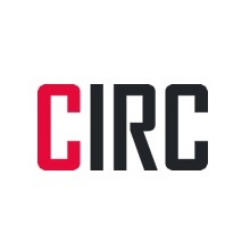Resumen
El autor ha rehuido deliberadamente el término “pintura mural” o “muralismo” para referirse al arte venezolano que, desde la llegada de los españoles, se ha practicado en los muros, en los techos y en las bóvedas, ya sea al temple sobre superficies encaladas, en revestimientos hechos con mosaicos, en relieves o en vitrales que sustituyen a los muros; incluso en las prácticas de cubrir las paredes con tapices, mantas, cuadros o papeles, aunque sólo contengan motivos geométricos o florales. Roldán Esteva-Grillet ha preferido utilizar la expresión “decoración mural” por una simple razón: el fenómeno de la pintura de gran formato destinada a cubrir las superficies arquitectónicas, la pintura mural, tiene una naturaleza social y una carga histórica muy diferentes de las que surgieron en México desde la época prehispánica. En este artículo se puede encontrar un panorama general de esta pintura y un análisis de los contenidos y las influencias que el arte mexicano produjo en la Venezuela del siglo XX.
Descargas
Los datos de descargas todavía no están disponibles.


















